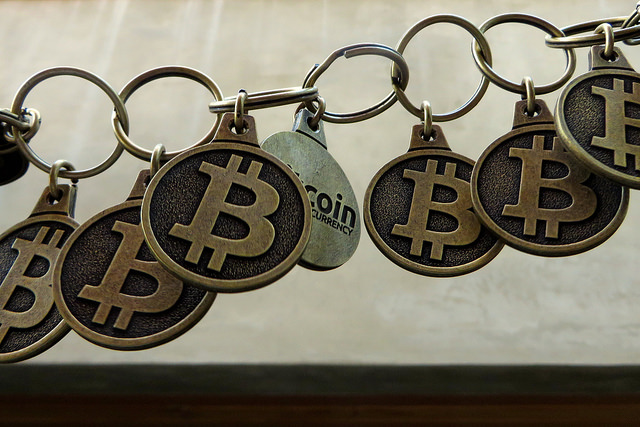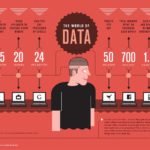Blockchain ’s Disruptive Technology
Ownership of Asset and transfers made between businesses can be costly, time consuming and inefficient with a high vulnerability of manipulation. There are high chances of dissimilarities with the ledgers of the parties. But there is one way to resolve these issues: Blockchain.
What is Blockchain?
 Blockchain can be defined as a public ledger, openly shared on the internet where all entries and detailed transactions are recorded without going through a higher authority. It is a secure system distributed across several computers that records all the events shared between various parties. The information once entered can not be tampered or manipulated hence increasing the security.
Blockchain can be defined as a public ledger, openly shared on the internet where all entries and detailed transactions are recorded without going through a higher authority. It is a secure system distributed across several computers that records all the events shared between various parties. The information once entered can not be tampered or manipulated hence increasing the security.
What is Bitcoin?
Bitcoin, a digital asset and payment system, is an application that is used on the blockchain platform. Bitcoin enables simple and efficient transfer of money over the internet, without going through a bank or using a credit card. Similar to bank transactions, Bitcoin transactions are chronologically entered in blockchain that gives a full history of all the transactions. This history is shared with all nodes (computers) that are part of the network.
How does Blockchain work?
A blockchain is made of several blocks created by miners (users). These blocks record and confirm transactions in sequence that go in the blockchain as a permanent database. Once a block is complete, a new block is generated that is linked to the previous block. These blocks follow a chronological order. A block can contain information like a short summary of the transaction, time, proof of work and reference to the previous block. Once a block is generated, modifying or manipulating information in the previous block is nearly impossible.
Here is a rough idea of what a blockchain might look like:
courtesy of Yevgeniy Brikman
Features of Blockchain
- Distributed cloud storage: Data is stored on a peer-to-peer network where the data can be stored and secured by all the involved parties. Having the data in multiple locations increases the security.
- Smart contracts: These contracts can be self-executed and automated that can include digitally represented business rules.
- Shared Ledger: One of the most important applications of blockchain is the shared ledger of transactions for Bitcon.
- Privacy: Personal digital signature and Unique ID’s for customers are key to protect records.
- Consensus: Shared ledgers being exact copies lower risk of tampering and fraud. When entries are made in a ledger, other ledgers present in the network are updated with these entries.
Benefits of Blockchain
- Time effective: Reduces time taken for settlements from days to nearly instantaneous.
- Cost effective: Significantly reduces need for intermediaries and overhead costs.
- Risk averse: Increases security and reduces risk by being tamper-proof.
According to Deloitte:
“By using technologies such as decentralized architecture, cryptography and digital signatures, blockchain has the potential to offer a high level of assurance, as well as adding some new and unique characteristics to identity management.” (Link)
Hexanika, a RegTech big data software company, which has developed a software platform SmartJoin™ and a software product SmartReg™ for financial institutions to address data sourcing and reporting challenges for regulatory compliance will soon be incorporating the blockchain technology.
Contributor: Anand Ranade
Image: BTC Keychain via Flickr using Creative Commons License
Reference Links:
http://coinoutletatm.com/5-applications-of-the-blockchain-apart-from-currency/
http://www.investopedia.com/terms/b/blockchain.asp
http://www.ibm.com/blockchain/what_is_blockchain.html
https://blockchain.info/wallet/bitcoin-faq
http://dataconomy.com/wtf-is-the-blockchain-a-guide-for-total-beginners/
http://www.ybrikman.com/writing/2014/04/24/bitcoin-by-analogy/
http://www.coindesk.com/deloitte-report-blockchain-use-cases-adoption/




2 Comments. Leave new
Nice blog.Just have one concern,I think the transactions in Blockchain will become slower eventually as verifying the transactions by the miner will take around few hours when size of ledger grows beyond few TB’s as verification cant be done in parallel
[…] A Blockchain is an open distributed ledger that records transactions between two parties efficiently and in a verifiable and permanent way. It contains a growing list of records, called blocks, which are linked using cryptography. Each block contains a cryptographic hash of the previous block, which cannot be altered without affecting subsequent blocks. To understand more, read: https://hexanika.com/Blockchain-s-disruptive-technology/ […]